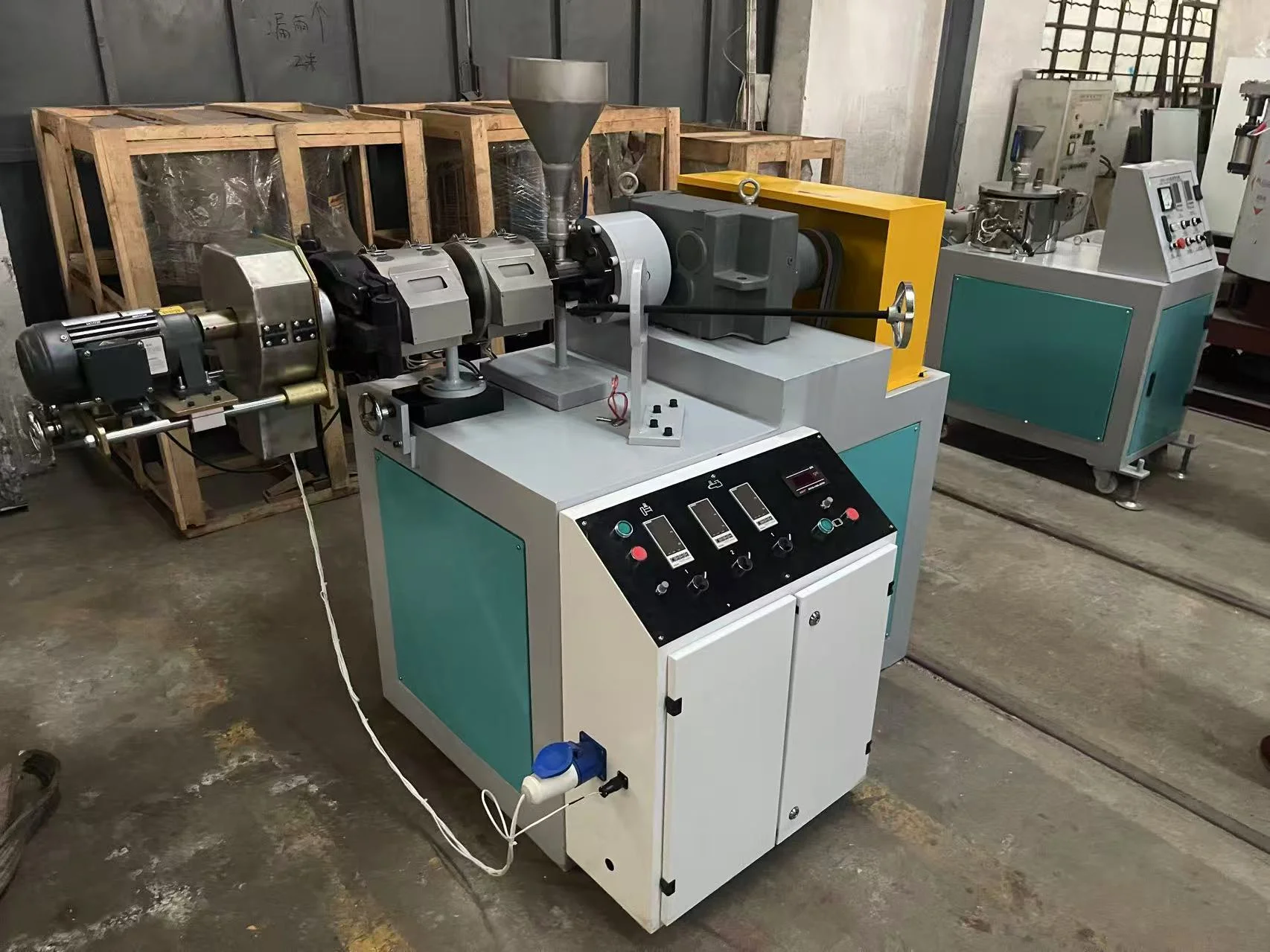Unveiling the Inner Workings of a Mechanical Fuel Pump
In the realm of automotive engineering, the mechanical fuel pump plays a crucial role in delivering the lifeblood of an engine – fuel. Understanding how a mechanical fuel pump operates is essential for any automotive enthusiast or aspiring mechanic. In this blog post, we will delve into the intricate workings of a mechanical fuel pump, exploring its components, operation, and significance in the overall fuel delivery system.
- The Anatomy of a Mechanical Fuel Pump:
A mechanical fuel pump consists of several key components that work in harmony to ensure a steady flow of fuel to the engine. These components include the pump body, diaphragm, inlet and outlet valves, rocker arm, pushrod, and camshaft. Each part plays a vital role in the pump's operation, ensuring efficient fuel delivery. - Fuel Pump Operation:
The operation of a mechanical fuel pump can be broken down into four main stages: suction, compression, discharge, and refill. During the suction stage, the diaphragm moves downward, creating a vacuum that draws fuel from the tank through the inlet valve. As the diaphragm moves upward during the compression stage, the fuel is compressed and pushed towards the outlet valve. In the discharge stage, the outlet valve opens, allowing the fuel to flow into the engine. Finally, during the refill stage, the diaphragm returns to its original position, and the inlet valve opens to allow fuel to enter the pump for the next cycle. - Significance in the Fuel Delivery System:
The mechanical fuel pump serves as the heart of the fuel delivery system in older vehicles. Its reliable and straightforward design ensures a consistent supply of fuel to the engine, maintaining optimal performance. However, with advancements in technology, electronic fuel injection systems have largely replaced mechanical fuel pumps in modern vehicles. Nevertheless, understanding the operation of a mechanical fuel pump remains valuable for troubleshooting and maintaining classic cars. - Maintenance and Troubleshooting:
To ensure the longevity and efficiency of a mechanical fuel pump, regular maintenance is essential. This includes inspecting and replacing worn-out components, cleaning the pump, and ensuring proper fuel filtration. Additionally, understanding common issues such as fuel leaks, diaphragm failure, or valve blockages can aid in troubleshooting and resolving fuel pump-related problems.
Conclusion:
The mechanical fuel pump, though gradually being phased out, remains a fundamental component in the automotive world. Its operation, intricacies, and significance in the fuel delivery system are crucial knowledge for enthusiasts and professionals alike. By understanding the inner workings of a mechanical fuel pump, one can appreciate the engineering marvel behind this essential automotive component.


